GX1 JPEG output update
Link: GX1 JPEG output update
I got Panasonic Lumix GX1 from amazon.co.jp (order placed on 12/31 and received the item on 1/1 — that’s an amazing logistics in Japan). I love the performance of this camera and there’s tons of improvements over GF1, especially the horizontal meter, EXIF orientation and touch to focus ala…I spent the whole afternoon to the evening today to shoot lots of photos with GX1 changing key parameters and configurations.
The takeaway was as follows — however, note to take this with a grain of salt, since there are so many parameter configurations, I couldn’t test all the possible combinations one by one, rather testing one parameter enabled/disabled, and often compare photos with multiple values different: it’s not all scientific.
White Balance and Exposure Bias
GX1’s auto white balance is pretty good in the most scenes.
When using aperture-priority or program AE, the JPEG output feels a bit dark, at least compared to GF1 or iA+ mode, so I tried setting the Exposure Bias to +0.33~1 EV (which was the opposite of what I did with GF1).
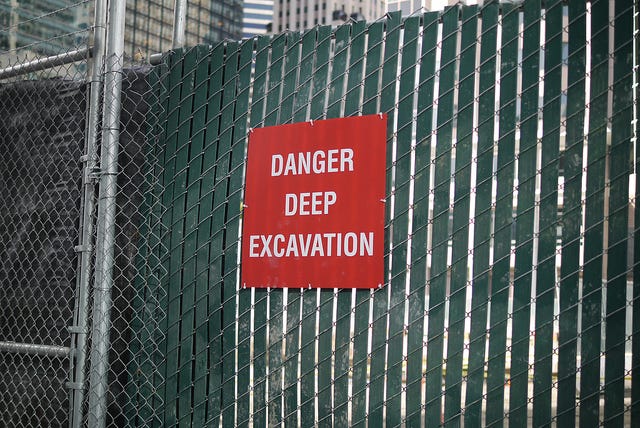
f/1.4, ISO 160, Auto WB, +0.33 EV
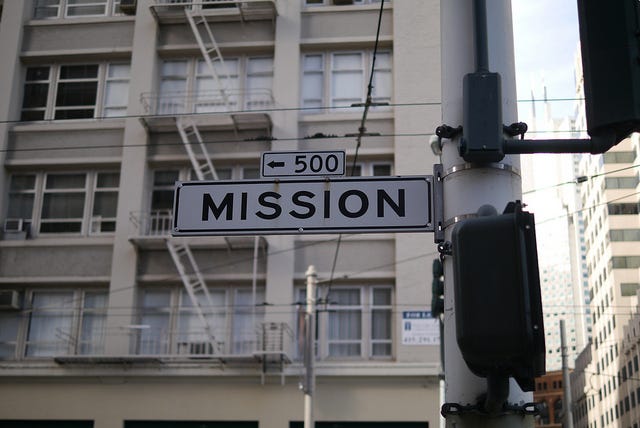
f/1.4, ISO 160, Auto WB, +0.33 EV
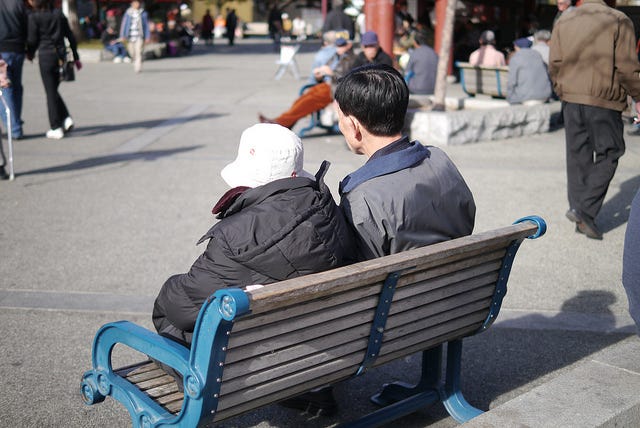
f/1.4, ISO 160, Auto WB, +0.33 EV
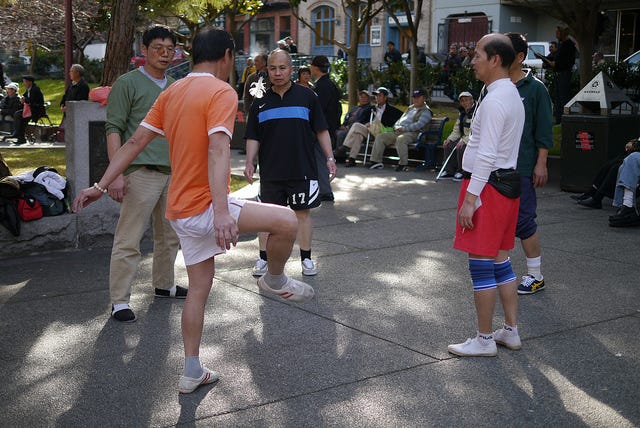
f/1.4, ISO 160, Auto WB, +0.33 EV
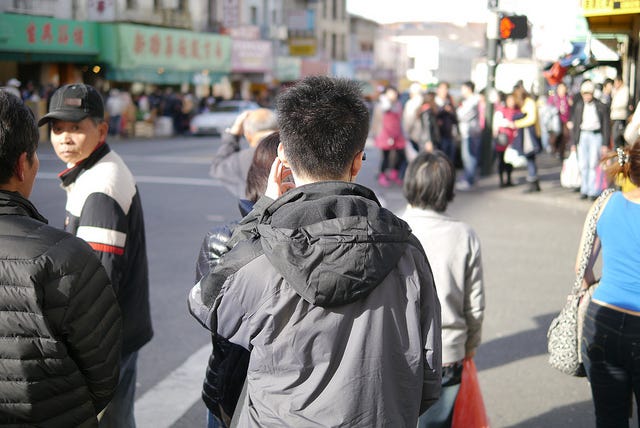
f/1.4, ISO 160, Auto WB, +0.66 EV
Under the sun light though, most of the time, you can just use iA or iA+. It works so well that I feel stupid and waste time by fiddling with the aperture settings myself to avoid over exposure.
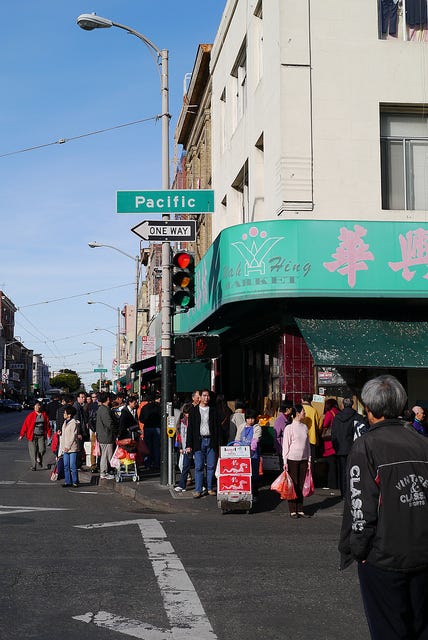
f/5.0, ISO 160, Auto WB, 0 EV (iA+ mode)
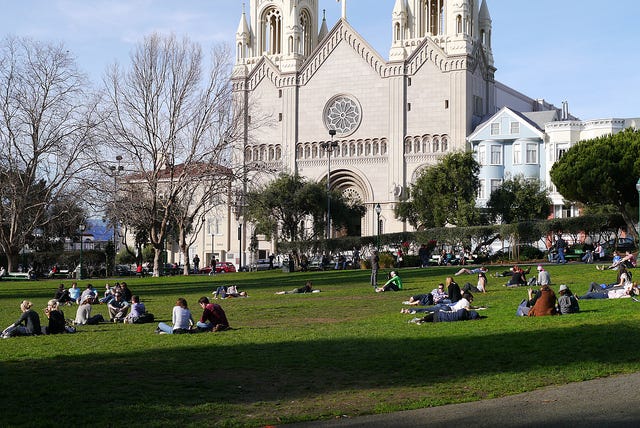
f/4.5, ISO 160, Auto WB, 0 EV (iA+ mode)
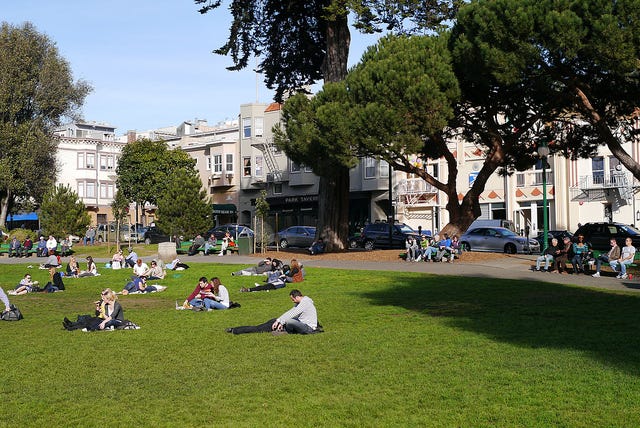
f/4.5, ISO 160, Auto WB, 0 EV (iA+ mode)
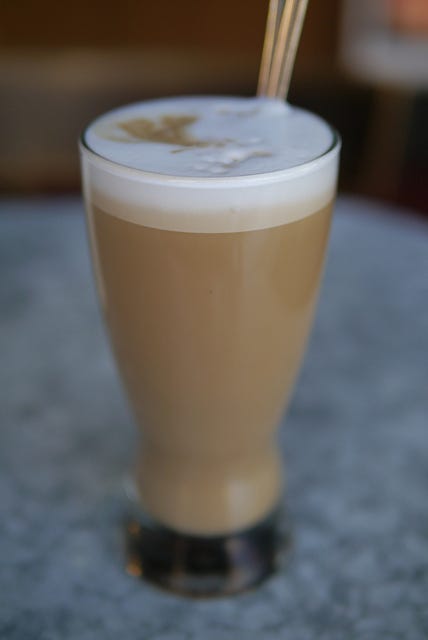
f/1.6, ISO 160, Auto WB, 0 EV (Aperture priority AE)
However, as shown in the previous post, auto white balance doesn’t work well under the room light, especially when taking people: their skin turns red. You need to adjust the white balance in that situation, but doing that could potentially turn everything into yellow, which is actually the same problem we have with GF1. I couldn’t have time to test it today, hence haven’t yet found a solution (except shooting with RAW, obviously).
Instead, here’s how auto white balance works in the night.
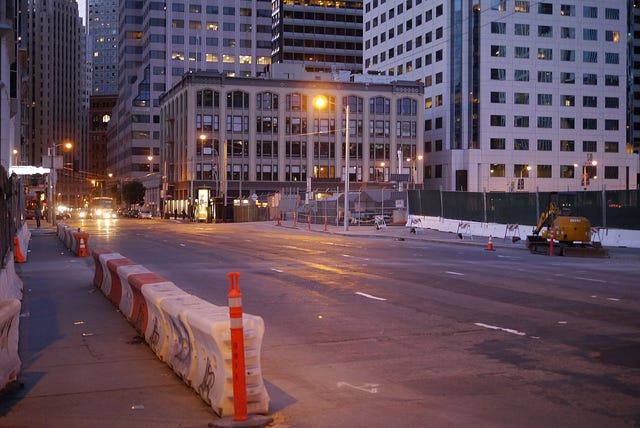
f/1.4, ISO 800, Manual WB (Cloudy), 0 EV
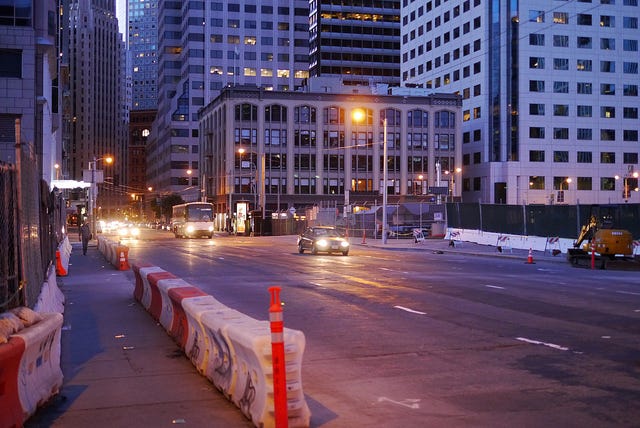
f/1.4, ISO 1250, Auto WB, 0 EV (Program AE)
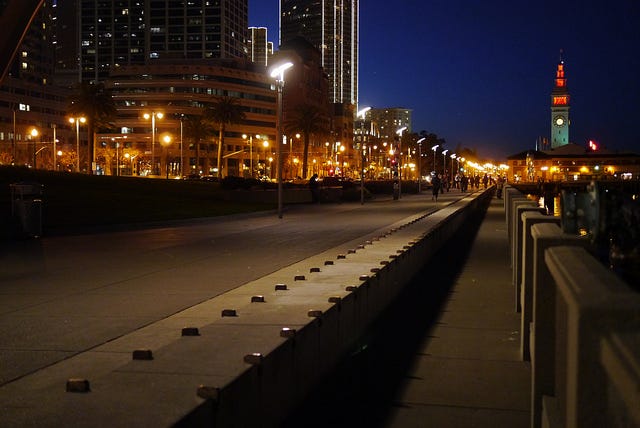
f/1.4, ISO 1600, Auto WB, 0 EV, 0.02 sec
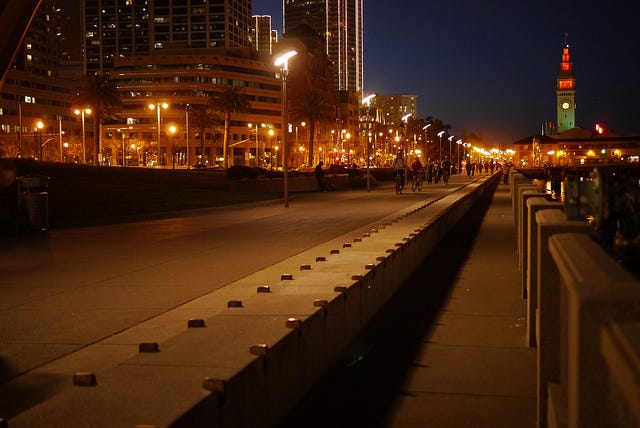
f/1.4, ISO 800, Manual WB (5000K), 0 EV, 0.04 sec
Shooting Modes
As I said above, when there’s a plenty of sun light you can just use iA or iA+ and forget everything else. Otherwise, I guess most people would use the Aperture priority mode, where you set the f value and let the camera figure out the ISO and exposure. That probably works well if you know what’s the right value of aperture in a dark environment, but that’s not the case with me.
Actually, when I use my favorite lens Summilux f/1.4 25mm in a dark environment, most of the time I just use f/1.4 (open). In that situation, Program AE feels more convenient, since it suggests the best aperture and shutter speed combination for me, yet I can shift the dial to change aperture and shutter speed at the same time, if I need more bokeh, or make it more focus in the background.

f/1.4, ISO 500, Auto WB, 0 EV (Program AE)
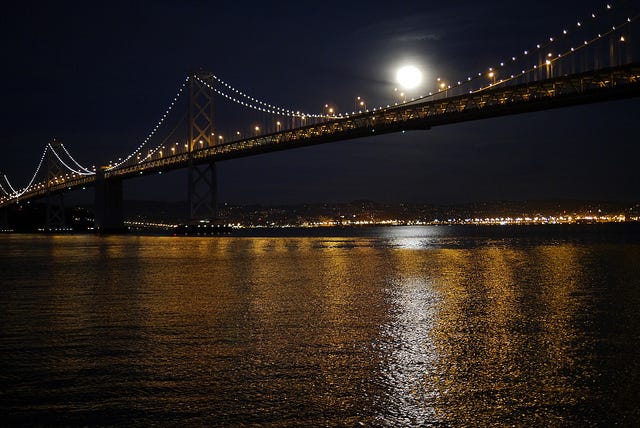
f/1.4, ISO 800, Auto WB, 0 EV, 0.05 sec (Program AE)
Shutter speed priority mode is also useful if you have a tripod and want to take a still night shot.
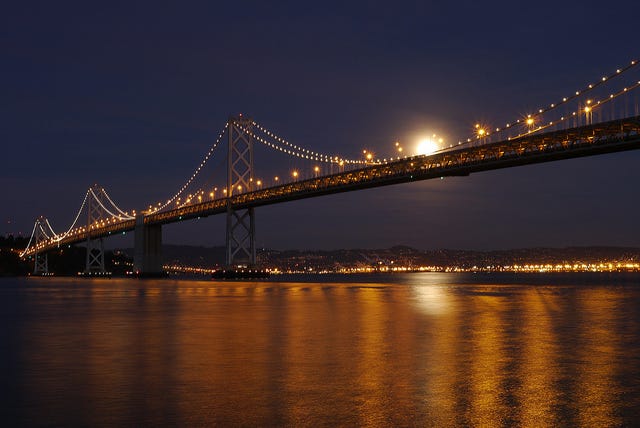
f/7.1, ISO 160, Manual WB (5000K), 0 EV, 3.2 sec (Shutter speed priority)
I didn’t use a tripod but put my camera on the handrail, then use the 2 second timer.
Tweaking JPEG output
The other problem was that the default JPEG output looks very light or flat, that I don’t see much color depth as I see with GF1’s JPEG output. After some research on internet forums and testing, there are two solutions (or workarounds) to this. Again, if you shoot RAW and use lightroom/aperture, you can skip this entire section — or actually, the whole post!
One is to decrease the maximum ISO value. The default is set to ISO 1600, and I changed it to ISO 800.
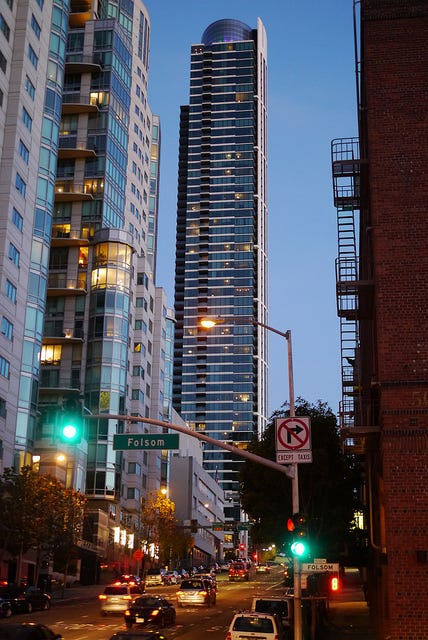
f/1.4, ISO 800, Auto WB, 0.017 sec
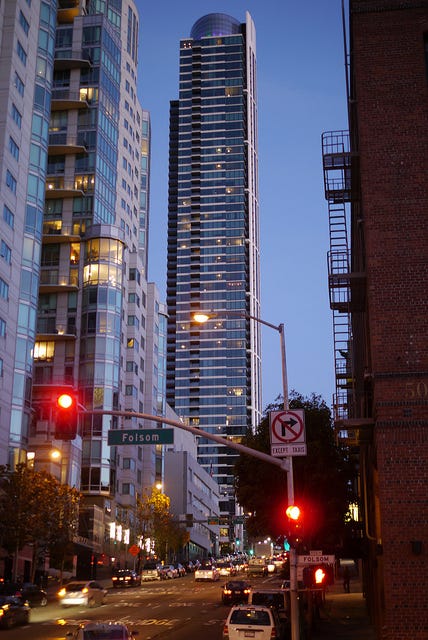
f/1.4, ISO 200, Manual WB (Cloudy), 0.067 sec
ISO 800 makes a pretty good contrast, yet with a fast shutter speed with less blurry car moves. Also, even in the dark environment, Auto WB makes a warm color output, which I like.
Also, it seems setting 超解像 (Intelligent Resolution) to 弱 or 拡張 (weak or extended) is recommended if you want a deep color JPEG output. The extended (拡張) setting makes the JPEG rendering/save take a bit more time.
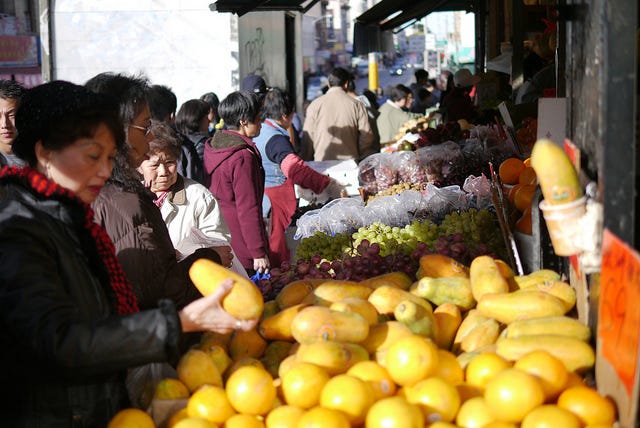
f/1.4, ISO 160, Auto WB, +0.66 EV, Intelligent Resolution (Strong)
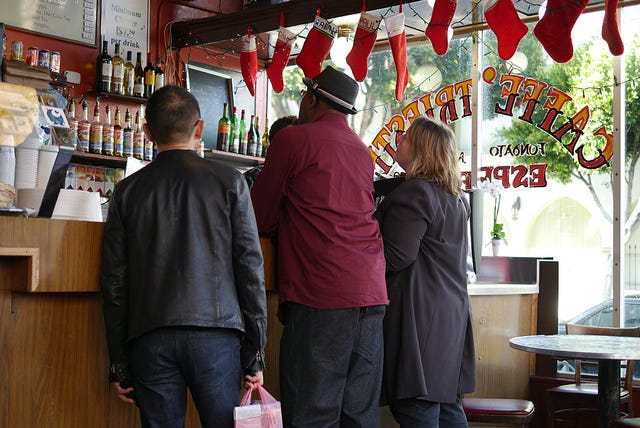
f/1.6, ISO 160, Auto WB, 0 EV, Intelligent Resolution (Strong)
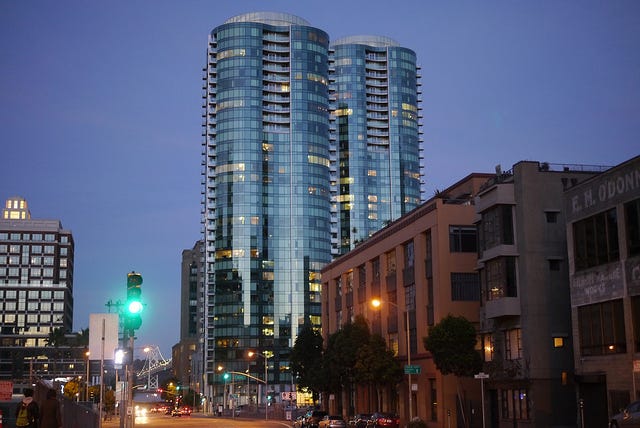
f/1.4, ISO 800, Manual WB (Cloudy), 0.02 sec
Lastly, I saw on some reviews that the default JPEG’s noise reduction is aggressive. I created a custom color setting and decreased the noise reduction to -1. It is a cargo cult, and I haven’t really tested it based on evidence.
Summary
This is a great upgrade from GF-1 and it is by far the best micro 4/3 camera. I still need to test more settings with people’s faces under the room light, which I couldn’t test today: I guess reducing ISO and increasing the Intelligent Resolution should help a bit. If the white balance problem still remains with the tweaks, I should take RAW shots in such situation, until Panasonic possibly fixes an update.